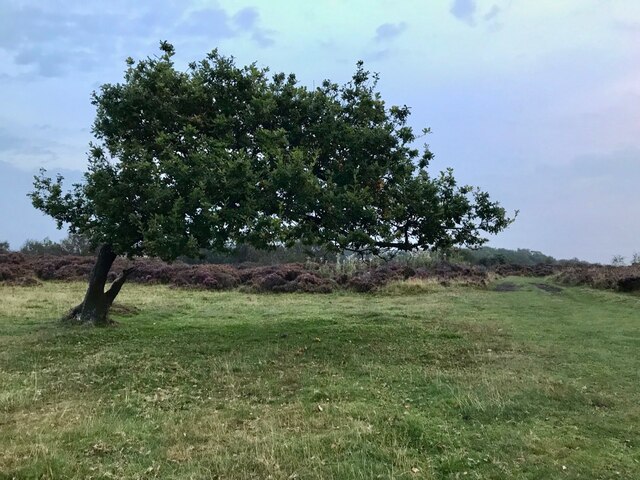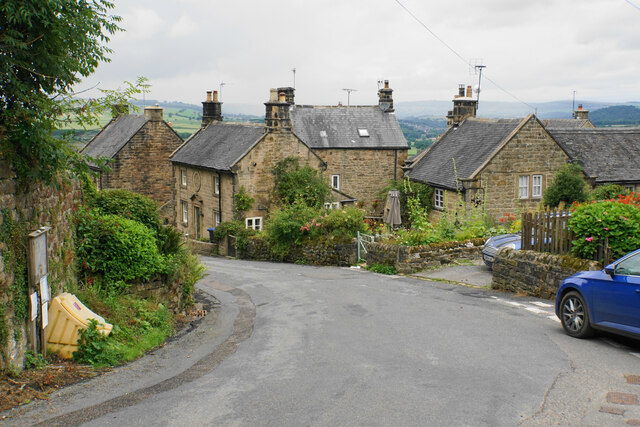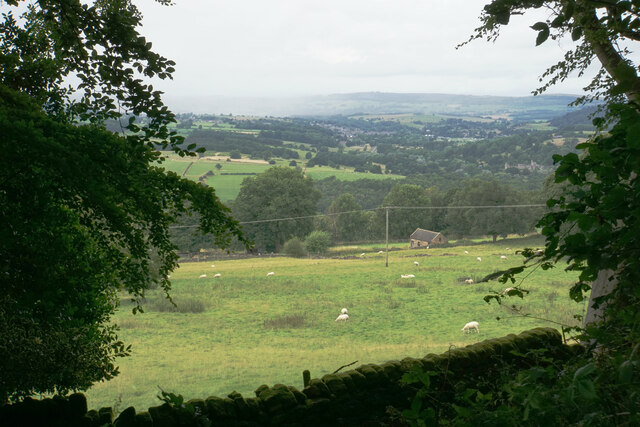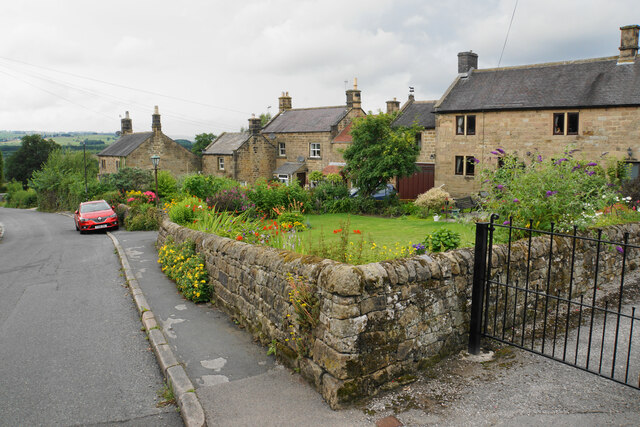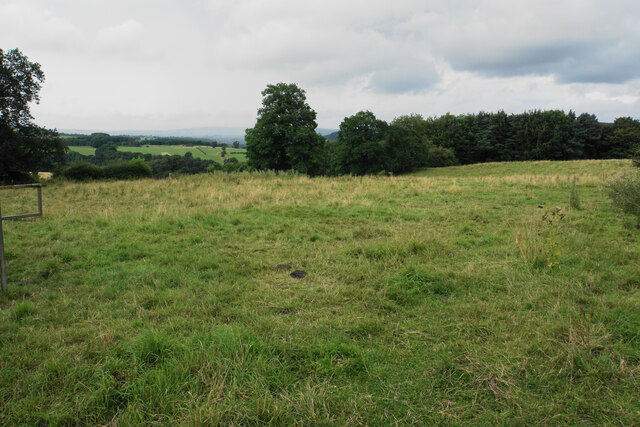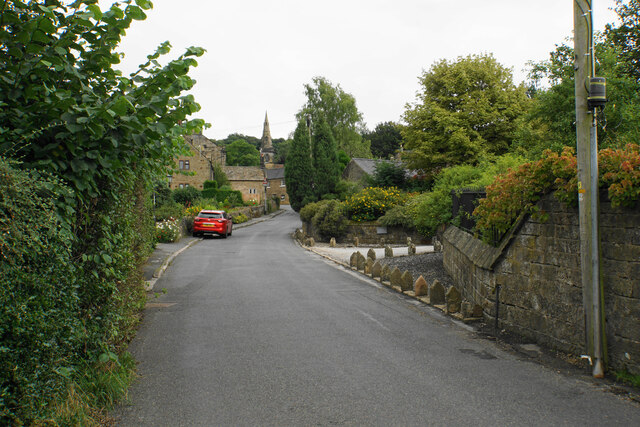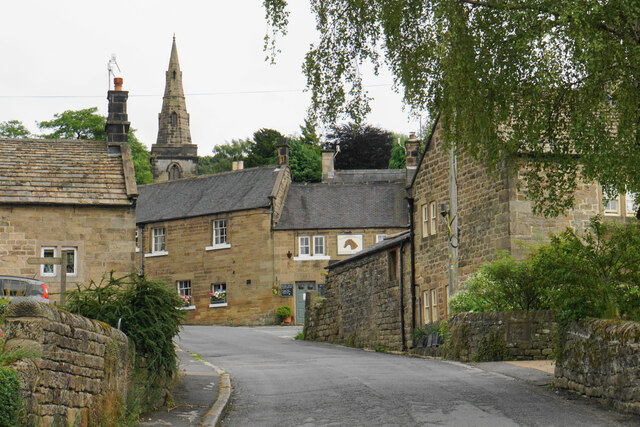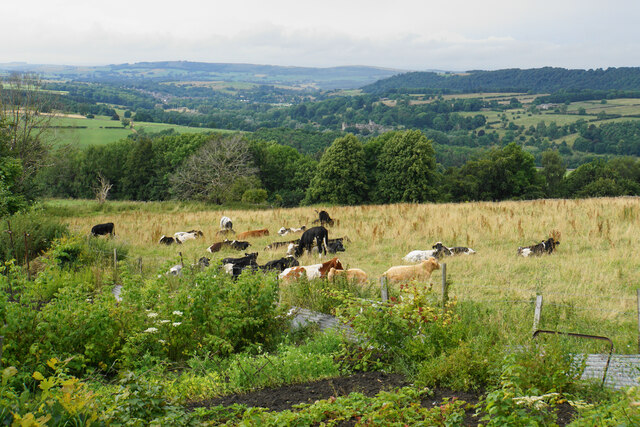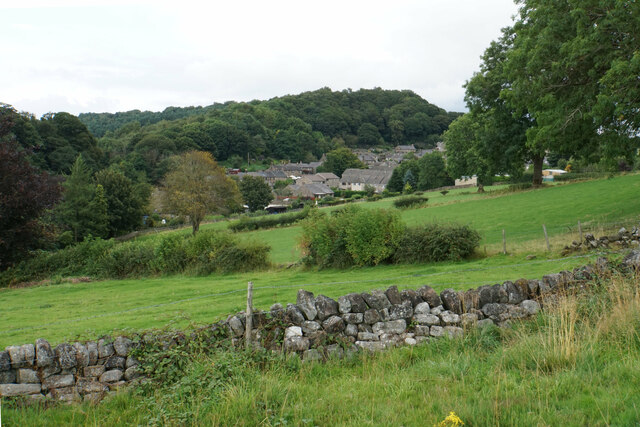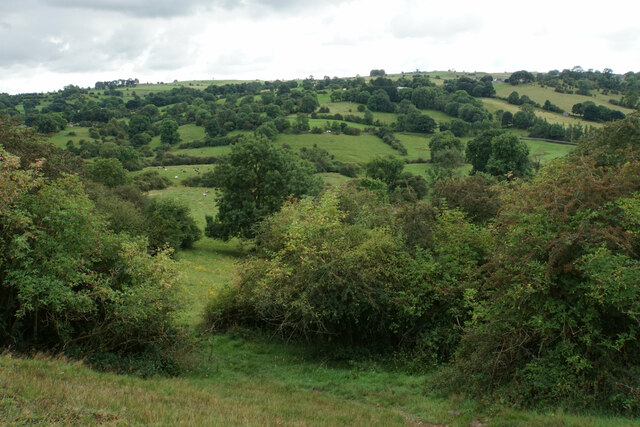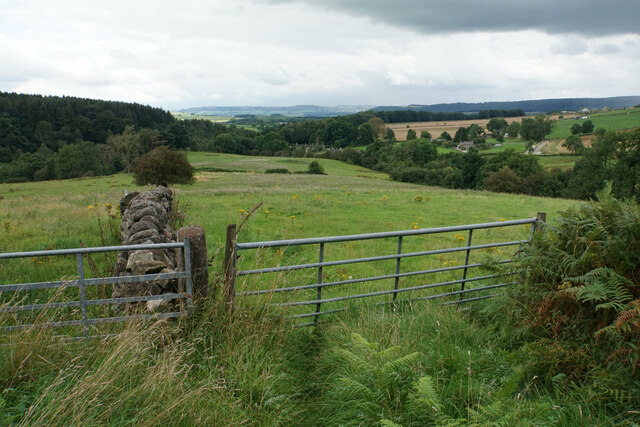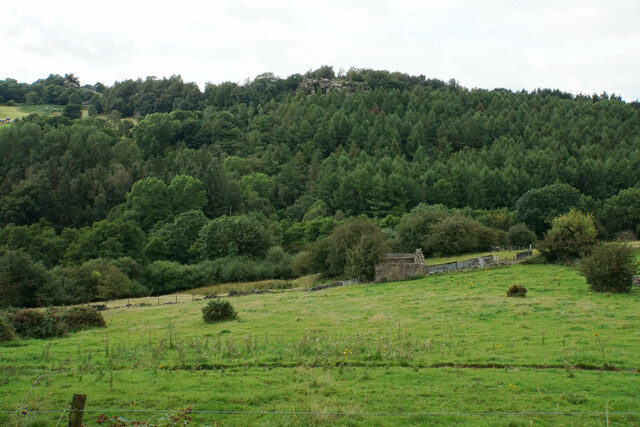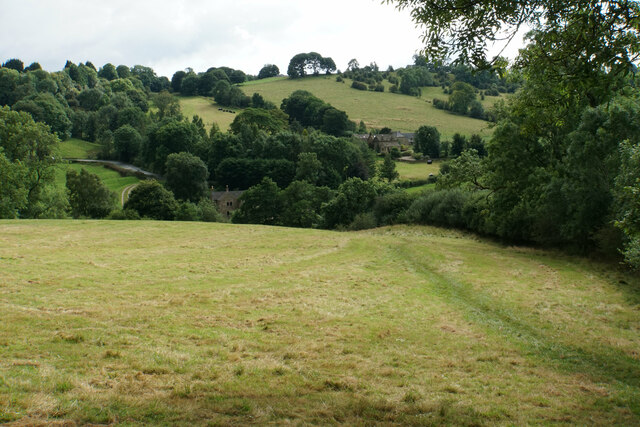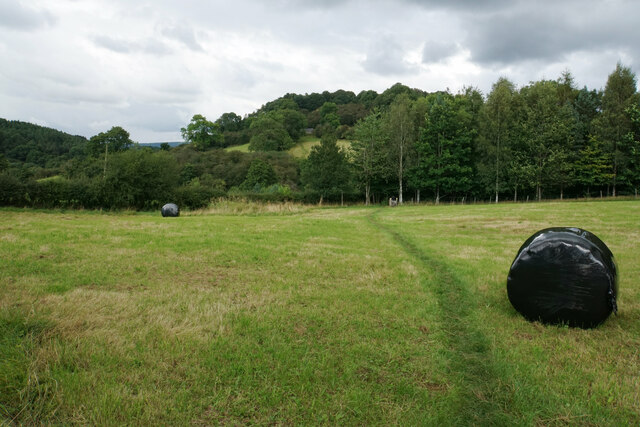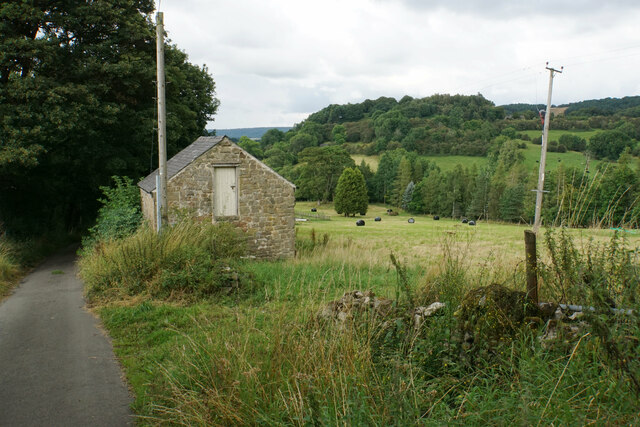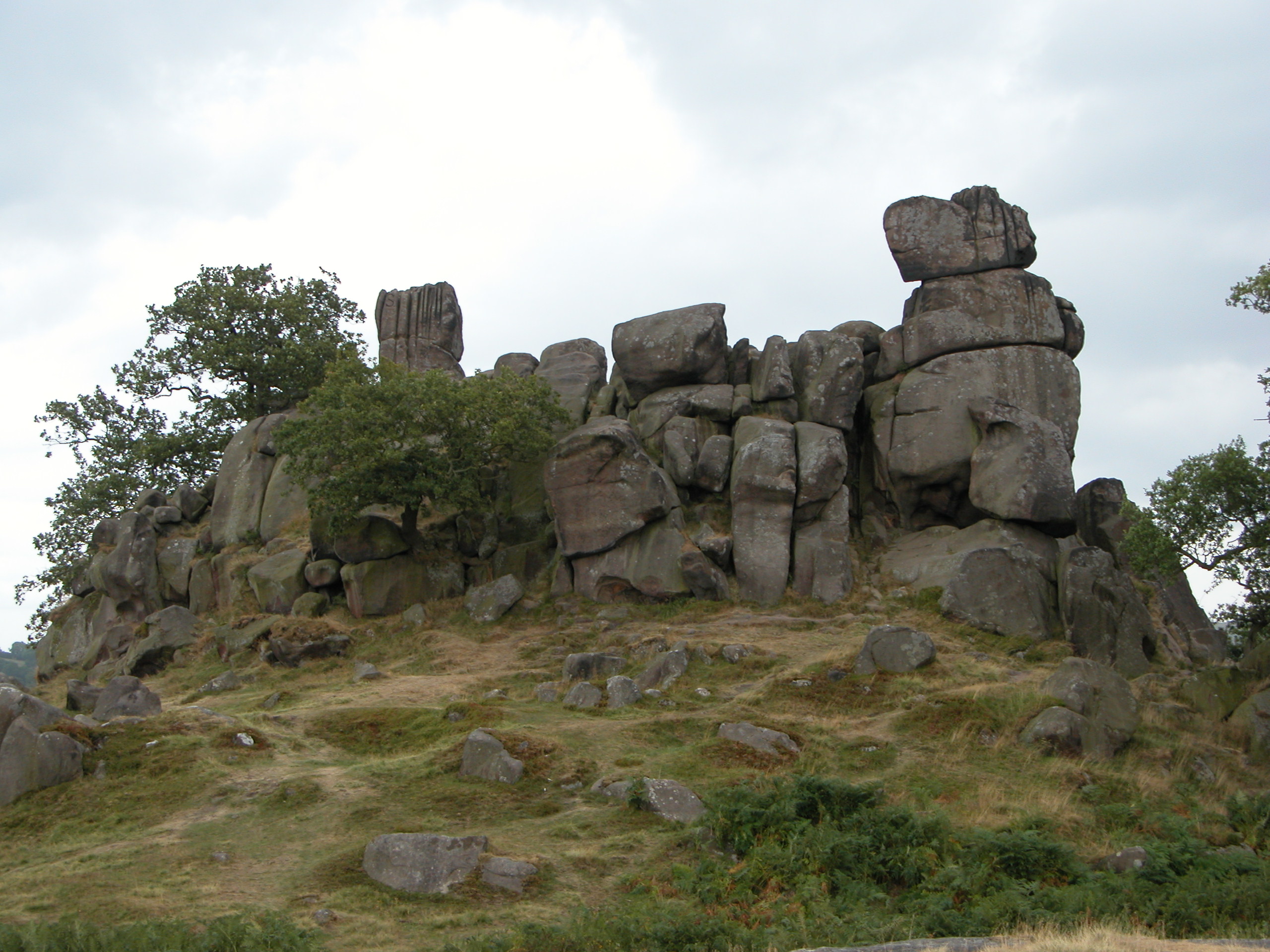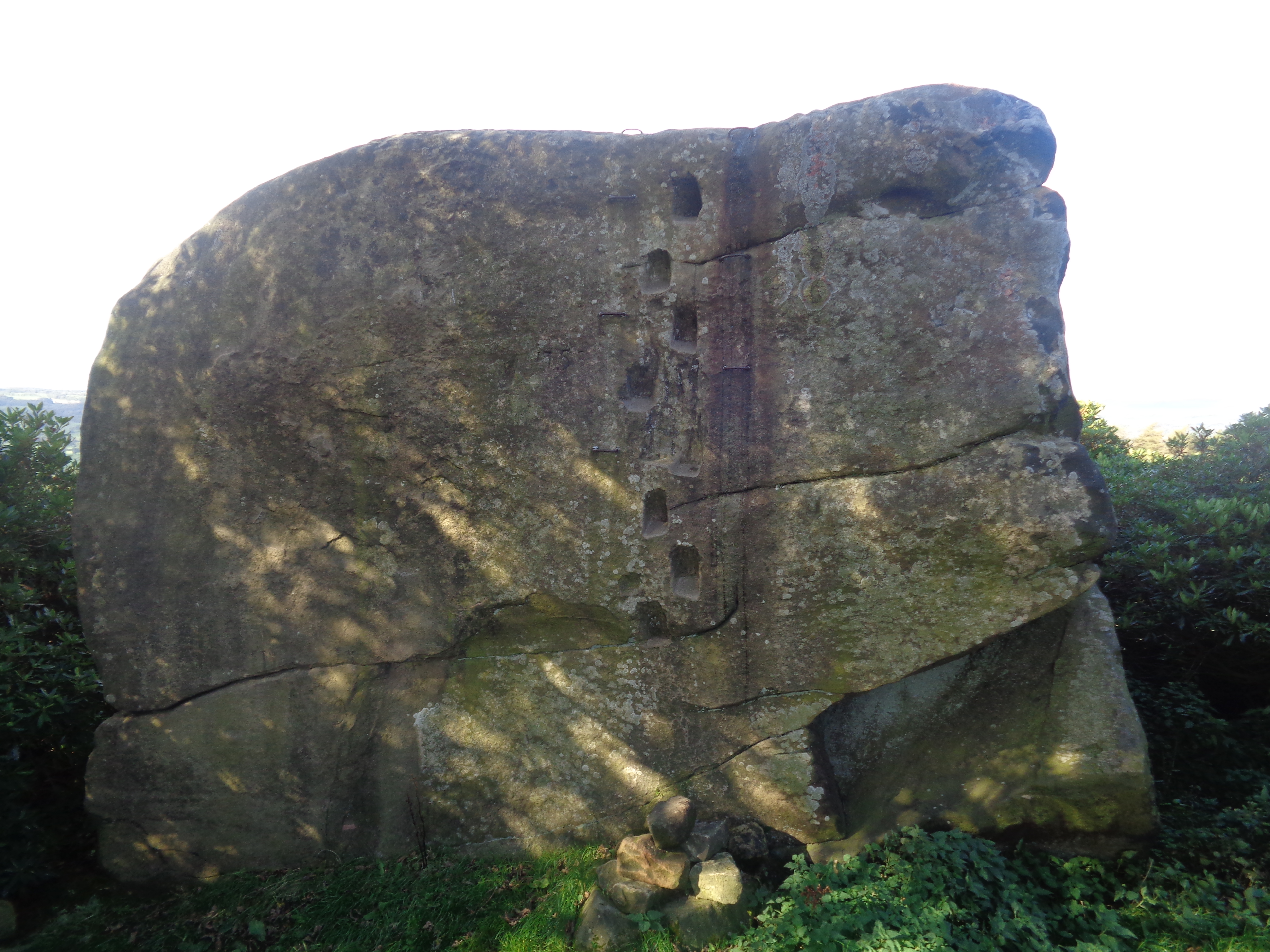Egg Plantation
Wood, Forest in Derbyshire Derbyshire Dales
England
Egg Plantation
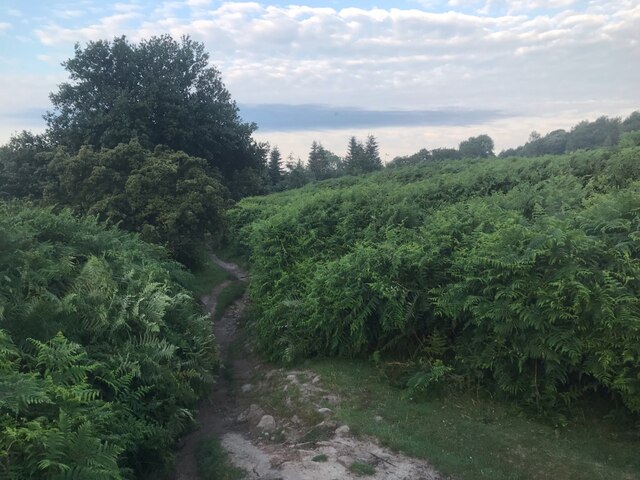
Egg Plantation is a picturesque woodland located in Derbyshire, England. Situated in the heart of the county, this woodland is a popular destination for nature enthusiasts and those seeking tranquility amidst the beauty of nature.
Covering an area of approximately 100 acres, Egg Plantation is characterized by its dense forest of predominantly deciduous trees, including oak, beech, and birch. The woodland is home to a diverse array of flora and fauna, providing a habitat for various species of birds, mammals, and insects. Visitors may spot red deer, foxes, and squirrels, among other creatures, as they explore the area's numerous trails.
The woodland's name, Egg Plantation, is believed to have originated from a historical association with the nearby Eggington village. The plantation was likely named due to its proximity to the village and the abundance of egg-laying birds that once inhabited the area.
Visitors to Egg Plantation can enjoy a range of activities, such as hiking, birdwatching, and photography. The woodland's well-maintained paths and trails make it accessible to all levels of fitness, offering opportunities for leisurely strolls or more challenging hikes.
Egg Plantation also holds cultural and historical significance. The site is known to have been used for timber production in the past, contributing to the local economy. Some remnants of old sawmills and timber storage facilities can still be found within the woodland, serving as reminders of its industrial heritage.
Overall, Egg Plantation is a delightful natural haven that showcases the beauty of Derbyshire's woodlands, providing visitors with a serene escape from the hustle and bustle of everyday life.
If you have any feedback on the listing, please let us know in the comments section below.
Egg Plantation Images
Images are sourced within 2km of 53.165796/-1.6606726 or Grid Reference SK2263. Thanks to Geograph Open Source API. All images are credited.
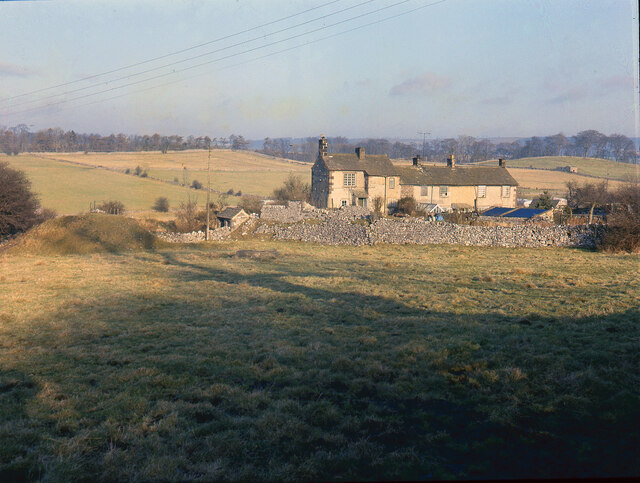
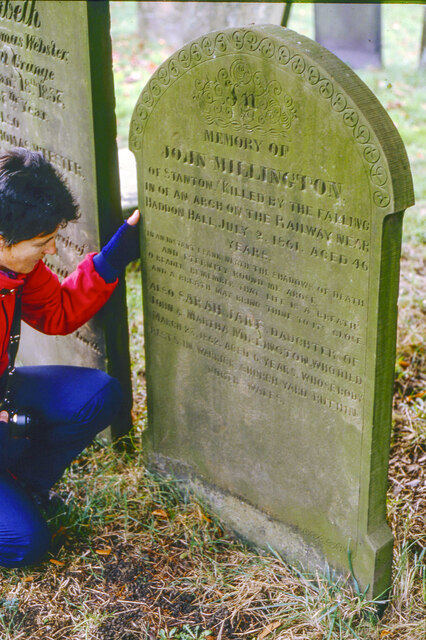
Egg Plantation is located at Grid Ref: SK2263 (Lat: 53.165796, Lng: -1.6606726)
Administrative County: Derbyshire
District: Derbyshire Dales
Police Authority: Derbyshire
What 3 Words
///vivid.fidget.flotation. Near Youlgreave, Derbyshire
Nearby Locations
Related Wikis
Harthill, Derbyshire
Harthill is a civil parish within the Derbyshire Dales district, in the county of Derbyshire, England. Largely rural, along with parts of the neighbouring...
Nine Stones Close
Nine Stones Close, also known as the Grey Ladies, is a stone circle on Harthill Moor in Derbyshire in the English East Midlands. It is part of a tradition...
Robin Hood's Stride
Robin Hood's Stride (also known as Mock Beggar's Mansion) is a rock formation on the Limestone Way in Derbyshire close to the village of Elton. The nearest...
Doll Tor
Doll Tor is a stone circle located just to the west of Stanton Moor, near the village of Birchover, Derbyshire in the English East Midlands. Doll Tor is...
Andle Stone
The Andle Stone is a large gritstone boulder on Stanton Moor in Derbyshire. The stone block is 6m long, 4m high and lies within a low, circular, dry stone...
Harthill Moor
Harthill Moor is a small upland area in the Derbyshire Peak District of central and northern England, lying between Matlock and Bakewell near the villages...
St Michael's Church, Birchover
St Michael's Church, Birchover, also known as Rowtor Chapel, is a Grade II listed parish church in the Church of England in Birchover, Derbyshire. Located...
Harthill Hall
Harthill Hall was formerly the Manor House of a great 13th century Estate, and the hall is now a Grade II listed building within the civil parish of Harthill...
Nearby Amenities
Located within 500m of 53.165796,-1.6606726Have you been to Egg Plantation?
Leave your review of Egg Plantation below (or comments, questions and feedback).
